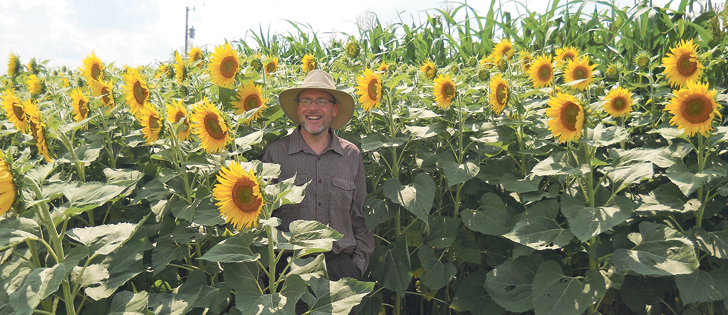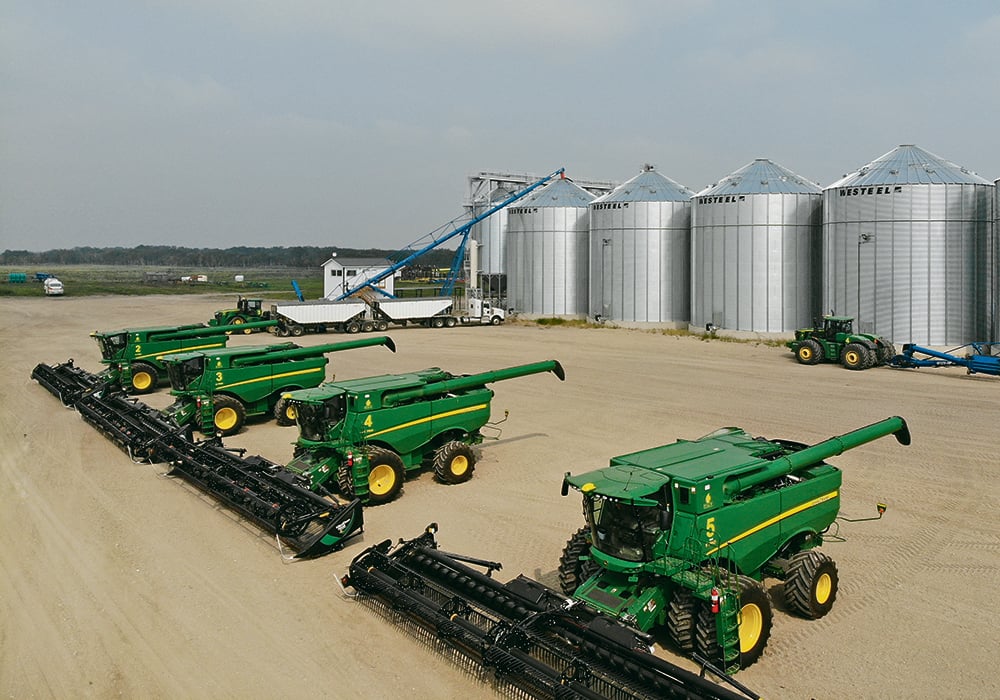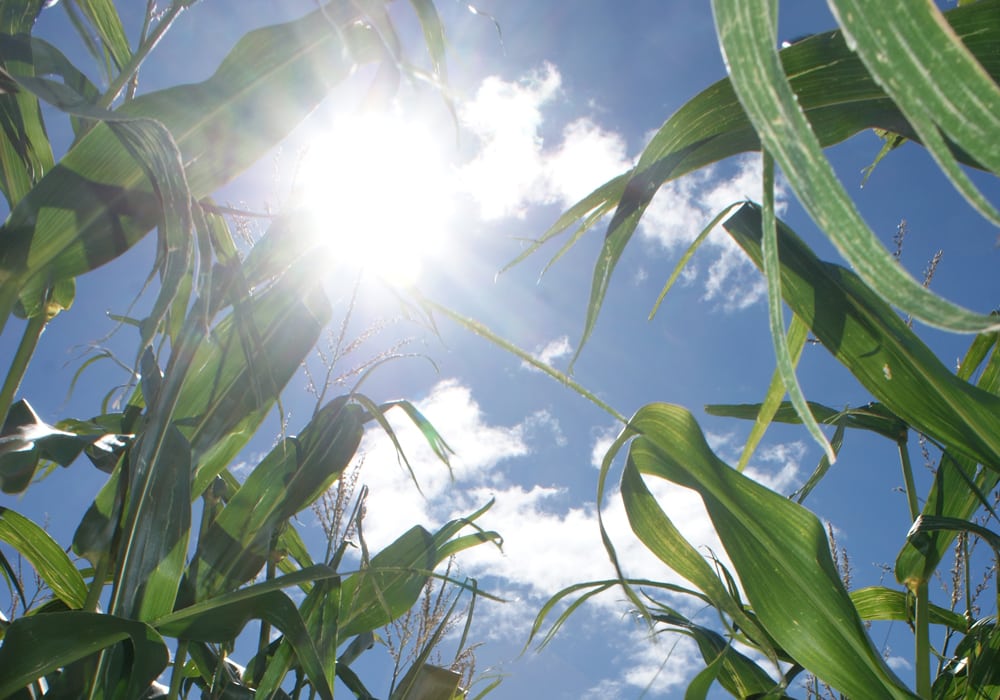Climate change and urbanization are changing both the landscape and food production, said an instructor in sustainable agriculture and food systems.
Mike Bomford of Kwantlen Polytechnic University brought the two together in a recent presentation to suggest a plan for urban residents who want to make a difference in the world one bite at a time.
“City dwellers depend on agriculture and food systems, even when we know little about them. As city slickers, we have ample opportunity to fight climate change with food, if we know what choices matter.”
Read Also

Nutritious pork packed with vitamins, essential minerals
Recipes for pork
Bomford offers eight ways to make a difference.
- Eat more fruits and vegetables
Fruits and vegetables are nutritious and their production doesn’t generate a lot of greenhouse gas emissions, he said.
- Eat less meat from ruminants
Citing a study by Danish researcher Sonja Vermeulen, he said more than one-third of anthropogenic climate change comes from feeding ourselves.
The microbial fermentation that allows ruminants like cattle, sheep and goats to convert grasses and other plants into energy also generates a lot of methane, and the microbial decomposition of livestock manure is a major source of both methane and nitrous oxide.
- Buy organic when possible
“Organic agriculture is too often thought of as pesticide-free farming, which is an unfortunate and inaccurate simplification of a rigorous set of standards designed to promote biodiversity, resource cycling, and ecological balance in agro-ecosystems,” said Bomford.
“From a greenhouse gas perspective, organic agriculture has the potential to pull more carbon from the atmosphere and store it in the soil and to avoid some of the nitrous oxide emissions associated with nitrogen fertilizer use.”
- Avoid extra packaging and processing
Bomford said agricultural production may be responsible for most of the food system’s greenhouse gas emissions, but food processing and packaging are also factors.
- Share meals with family and friends
“There’s efficiency in eating together because single servings usually entail more waste, processing, packaging and preparation per person than multiple servings.”
- Don’t waste food
Citing transportation and energy use, he said emissions can be reduced throughout the food system by eating what is purchased. Some kitchen scraps are inevitable, but municipal green bins keep food out of the landfill, reducing methane and nitrous oxide emissions.
A study by U.S. Department of Agriculture economists, led by Patrick Canning, found the energy used by households to shop for food, store and prepare food and clean up afterwards was twice that of energy used for farming.
- Walk or bike to get groceries
Transportation becomes a significant factor in greenhouse gas reductions because so much food travels great distances. Freighters, trains and trucks find efficiency from moving large quantities over vast distances to get products to market.
Taking a car to grab a few things at the store is inefficient, so Bomford suggests exploring other transportation options when possible.
- Choose low emissions kitchens
“Our kitchens are among the most energy-intensive parts of the home, because of stoves, ovens, refrigerators, hot water hungry sinks and dishwashers, and all of our other appliances,” said Bomford.

















